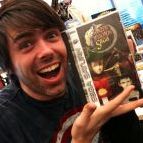
Console: Game Boy Light
Manufacturer: Nintendo
Discontinued in: 1999
By this point, Game Boy had fended off two major competitors with relative ease, even without something as simple as an internal light. That's where this re-release comes in, packing a watch-like light inside the screen. Makes you wonder why neither the Game Boy Color nor Game Boy Advance launched with lights (making Circle of the Moon damn near impossible to play in the process).
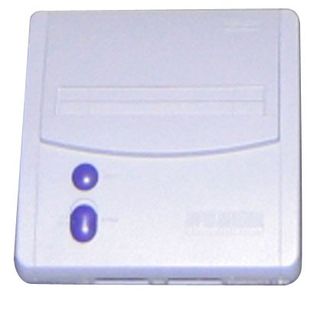
Console: Super NES 2
Manufacturer: Nintendo
Discontinued in: 2000
A smaller Super NES/Super Famicom, now with no eject button or expansion slot.

Console: Game.com
Manufacturer: Tiger
Discontinued in: 2000
An ugly black and white handheld with rudimentary touch screen controls and a stylus. It claimed to target an older audience with these PDA features as well as limited internet support, but again, why would anyone go through all that hassle when Game Boy is cheaper, easier to use, smaller and loaded with exclusive games? Though we do wish it would have lived long enough to see the alleged Symphony of the Night port.


Console: Genesis 3
Manufacturer: Majesco
Discontinued in: 1998
A third, even tinier alt of the Genesis released at a huge discount (nearing $20 at its end) that stripped everything but the most basic cart-playing functionality. And yes, it was indeed released by Majesco, who also trotted out the Game Gear well after its prime.
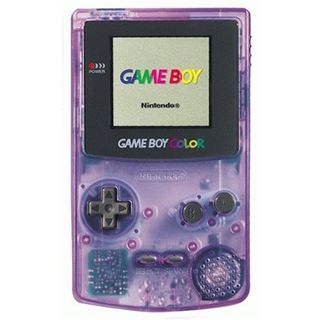
Console: Game Boy Color
Manufacturer: Nintendo
Discontinued in: 2002
After 10 years of blurry black and white gaming, we finally got a slightly more powerful Game Boy with blessed color. It could play most of the old games and served as a total moneymaking ruse to earn Nintendo some extra cash while they finished the actual successor, Game Boy Advance, which was released three years later. GBC hit right as Pokemon insanity first gripped North America.
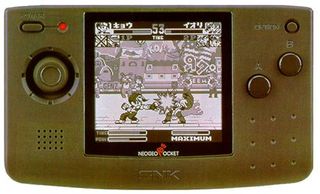
Console: NeoGeo Pocket
Manufacturer: SNK
Discontinued in: 1999
A decent attempt at attacking Game Boy, but lack of color and dismal software support meant this one was dead within a year. It was quickly replaced by the Pocket Color in 1999, which played all the B&W games too. Mostly known for its surprisingly fun fighting games (Match of the Millennium) and a not-too-shabby Sonic game. All it took was the suggestion that a new, more powerful Game Boy was on its way to put both regular and Color out of the race.

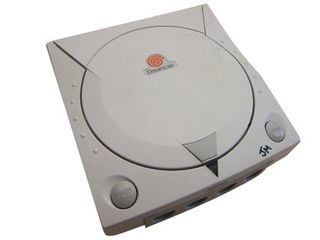
Console: Dreamcast
Manufacturer: Sega
Discontinued in: 2001
Though officially dead two years after its memorable 9-9-99 US launch, the 'Cast lived on for many more thanks to ongoing Japanese and homebrew support. It came with a modem, fancy memory cards with their own controls (VMUs) and a bad ass launch lineup. Too bad it instantly caved in the face of the PS2, never even battling GameCube or Xbox. For a brief while it looked like Sega had made a console comeback, but it was short lived. Dreamcast has been heavily romanticized since its quick death, which makes us wonder - where were all of you people when Sega needed you most?
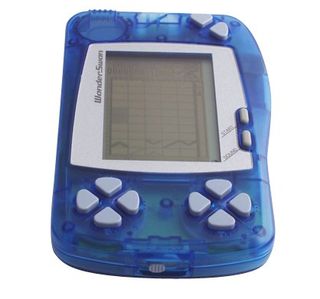
Console: WonderSwan
Manufacturer: Bandai
Discontinued in: ~2003
What began as a strange "hold it sideways or regular" handheld slowly changed over the years into a color competitor to the Game Boy. Despite ports of Final Fantasy games and having been designed by the Game Boy's own creator, it barely made a dent in Nintendo's handheld universe. Credits to Malcolm Tyrrellfor the image.
Jun 19, 2008
